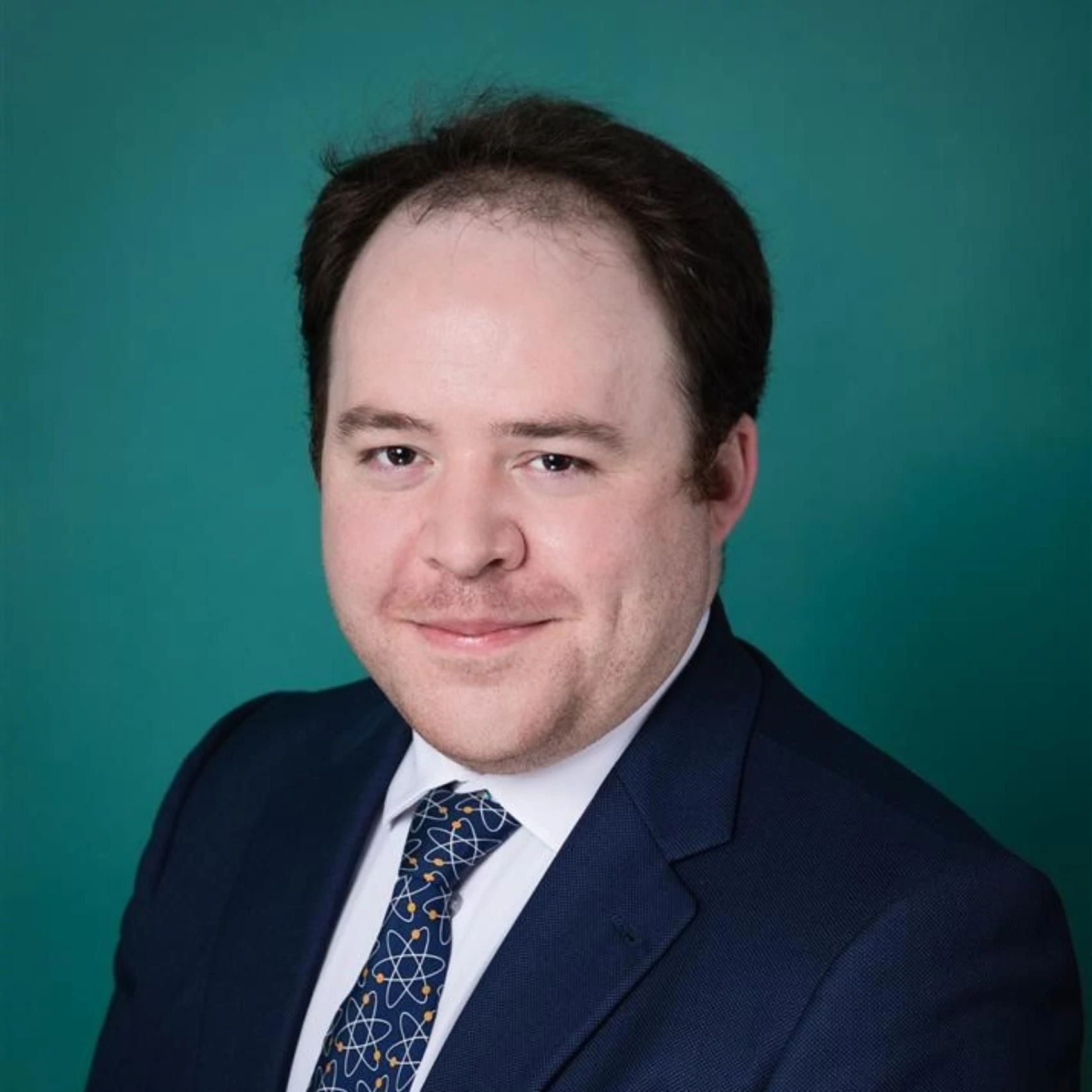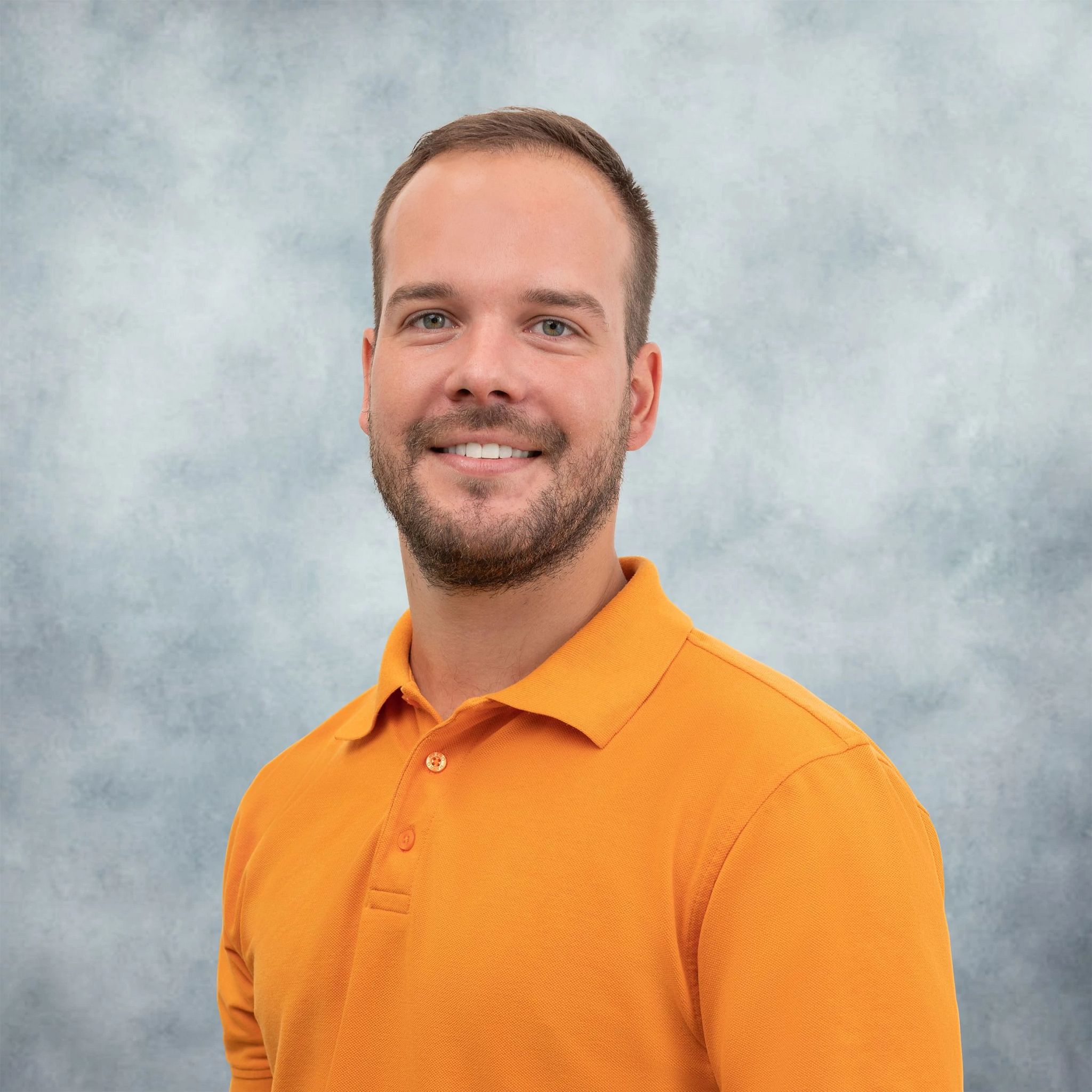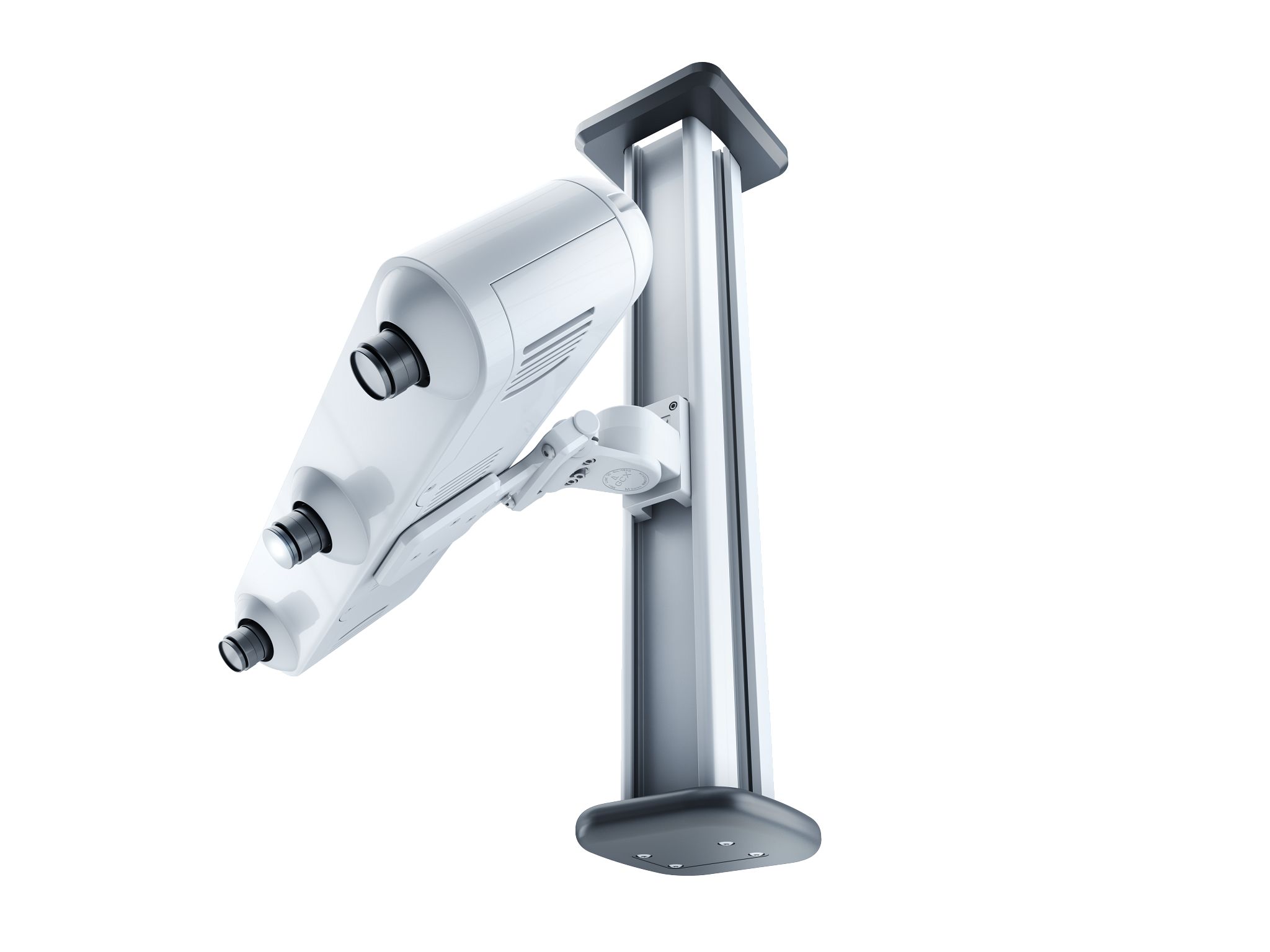The recent release of version 3.0* of Varian’s IDENTIFY surface-guided radiotherapy (SGRT) system underscores Varian’s ongoing commitment to embracing innovation and enhancing outcomes for cancer care teams and their patients, with upgrades designed to optimize performance, increase workflow efficiency, and integrate with treatment delivery. The IDENTIFY system aims to provide fast, highly precise motion management during delivery of a wide range of treatments and techniques, including stereotactic radiosurgery (SRS), stereotactic body radiotherapy (SBRT), and breath hold. Strategic integration helps ensure the continued compatibility of new releases across Varian hardware and software with the goal of increased workflow automation, greater clinical confidence, and the peace of mind of having a one-stop shop for sales and service.
Varian collaborated with a number of clinics using earlier versions of IDENTIFY to evaluate their surface guidance needs and ensure the new version would provide meaningful clinical and operational value. Clinicians at some of those sites have reported outcomes that suggest version 3.0 has the potential to deliver significant time savings and a reduction in the number of images needed during a treatment session. The new features—including automated beam hold—not only gave clinicians confidence in their current protocols, but also enabled implementation of new treatment techniques such as deep inspiration breath hold (DIBH) and tattoo-less treatments, to name a few.
In this article, we hear from clinicians at three cancer centers, one in the US and two in Europe, that collaborated with Varian during the early development phases of version 3.0 and are now using the system clinically at their respective centers.
Springfield Clinic Cancer Center, HSHS St. John’s Hospital, Springfield, Illinois, USA
The Springfield Clinic Cancer Center treats about 50 patients a day using TrueBeam and Edge systems with high-definition MLCs and a Siemens Somaton for CT imaging. All three systems are equipped with IDENTIFY version 3.0. The Center also uses Varian HyperArc technology for treating brain tumors and metastases as part of a rapidly growing radiosurgery program.
“With our current setup, we can treat anything from conventionally fractionated 3D radiotherapy, through stereotactic lung, prostate, and multiple brain metastases,” explained Springfield Clinic’s medical physicist, Matthew Riblett, PhD, DABR. “Our specialty is multi-metastases radiosurgery, evenly split between single fraction and up to five fractions. Of the 1,400 patients Springfield Clinic physicians treat each year, about 100 require SRS (stereotactic radiosurgery).”
Initially, the team was using IDENTIFY for patient alignment only, but decided to use the surface guidance functionality after upgrading to version 3.0. The latest features, including automated beam hold,** are supporting the clinic’s push toward more advanced treatments, while the consistent accuracy of the system gives Dr. Riblett and his team peace of mind.

“Having a feature-complete surface guidance system that meets all of our needs has been very effective in helping us improve our workflows,” Dr. Riblett said. “We have a strong confidence in IDENTIFY’s ability to detect positional deviations during treatment, and routinely verify that this remains true. As a result, we’ve been able to facilitate a tattoo-less workflow for all of our patients and reduce treatment imaging because we no longer need to take additional films to verify patients were in the right position—IDENTIFY does an excellent job of that.”
Up to now, the team has used IDENTIFY version 3.0 in the treatment of more than 200 patients. They report that this has resulted in significant time savings for SRS treatments—from 45 minutes or more, down to 12 minutes in most cases, and from 35 minutes down to 15 minutes for conventionally fractionated treatments, according to Dr. Riblett. These time savings can be widely attributed to the reduced need for extra imaging between fields as IDENTIFY gives the Center the ability to continuously monitor the patient throughout treatment delivery.
“We went through the process of credentialling our SRS service to ensure that we are dosimetrically precise and incorporated IDENTIFY into the process for continual positional verifications during treatment,” Dr. Riblett explained. “Results showed we were spot on in terms of output and accuracy, giving us the confidence that our approach is both effective and safe. Now, we’re super comfortable treating those complex, high-risk, high-reward cases, and exploring additional techniques, such as DIBH.”
Springfield Clinic was the first site in the USA to install IDENTIFY version 3.0. Their upgrade process involved a close collaboration between Varian personnel and Dr. Riblett and his team, who worked together to optimize the upgrade and clinical “go live” processes at this busy cancer care center.
“Interaction with Varian, both in the preclinical setting and during the actual deployment has given us confidence in using IDENTIFY to deliver an improved treatment and better patient experience,” Dr. Riblett said. “It’s clear that feedback and the features we requested from a clinical perspective were considered, and the tools that we need have been delivered. I’m sure that observations we’ve made since are already being considered for the next release.”
MVZ RON Baden-Baden Strahlentherapie, Horb am Neckar, Germany

Julian Stange is the chief medical physicist at the MVZ RON Baden-Baden Strahlentherapie clinic in Horb am Neckar in Germany, which recently upgraded from IDENTIFY version 2.3 to version 3.0 on its TrueBeam system. This clinic covers a wide rural area near the Black Forest, and currently treats about 60 patients a day. As part of a wider organization spread across Germany, the Radio Onkologie Netzwerk, Stange’s clinic piloted the use of IDENTIFY, which is now being installed at additional clinics throughout the network.
“My team and I liked the idea of using a system that is relatively new and being constantly improved,” Mr. Stange said. “We’re very happy with the results from IDENTIFY and the direction it’s going, especially as it allowed us to eliminate the need for patient tattoos and markers after just a few months. The automated beam hold feature gives us a lot of confidence in our treatment setup as it recognizes minute movements that we don’t spot with our eyes, and it reacts immediately.”
When connected to a TrueBeam system, IDENTIFY is able to automatically turn off the beam when the patient moves out of established thresholds that can be tailored depending on the type of the treatment. Given the personalization features of the system; the simplification of the surface-guidance process; and consistent, more automated treatment workflows, the clinic is now using IDENTIFY during about 95% of its radiotherapy treatments.
“IDENTIFY not only allows us to position patients faster, but we no longer have to redo imaging as frequently,” Mr. Stange explained. “For instance, we recently reduced the number of cone-beam CT scans for prostate patients from daily to three times a week.”
Optimized performance features, such as increased frame rates per second, enhanced region of interest tools, and dynamic feedback for patient positioning also enable Mr. Stange to use the information from the system to help further ensure treatment accuracy and patient safety.
“Working with Varian engineers, providing feedback, and being involved in the IDENTIFY development process has been a great experience,” Mr. Stange said. “And moving to IDENTIFY version 3.0 is helping us save time, become more efficient so we can treat more patients, and improve the patient experience with no tattoos and full confidence in our treatments.”
UKS Saarland University Medical Center, Homburg, Germany
Dr. Jan Palm is the leading senior physician at the department of radiation oncology at Saarland University Medical Center, located in Germany near the borders of France and Luxembourg. Each year, the department treats about 1,500 patients. A few years ago, its treatment delivery systems were upgraded to include two Varian TrueBeam and two Varian Halcyon systems, one of which was converted to an Ethos system in July 2023 for adaptive radiotherapy.
As part of the clinic upgrade, Dr. Palm and the members of his team decided to implement IDENTIFY version 3.0 to help deploy deep-inspiration breath hold (DIBH), a technique they had not been able to use previously. They chose IDENTIFY because of its current and future integration with Varian radiotherapy systems, and for the advantages of having a single-vendor solution.
“By using IDENTIFY, we were able to start DIBH in breast cancer patients to help minimize dose to the heart and lungs. From there, we moved on to body stereotactic radiotherapy treatments to the liver, lungs, and adrenal glands,” Dr. Palm explained.

“IDENTIFY has given us confidence in patient setup so we can do more advanced treatments to different sites,” Dr. Palm said. “We can automatically start treatment as soon as the patient is in a certain range of breathing, which helps reduce treatment time. We’ve moved from 30-minute appointment slots to 10-15-minute appointment times because of IDENTIFY.”
Now that Dr. Palm’s team members have successfully implemented DIBH for breast, bones, adrenal glands, lung, and liver treatments, they are evaluating the potential time savings and improved patient experience of moving to tattooless treatments.
“Varian has put a lot of effort into asking for feedback from customers and making the kinds of improvements that help us deliver the best possible patient treatments,” Dr. Palm added. “This is something I highly appreciate as this latest version of IDENTIFY offers a lot of benefits and it’s clear Varian is committed to delivering a world-class product.”
For more information, visit the IDENTIFY web page.
*CE marked and FDA 510(k) cleared. The products/features mentioned here are not commercially available in all countries. Their future availability cannot be guaranteed.
**Only available on TrueBeam, Edge, and VitalBeam systems equipped with Varian’s Motion Management Interface (MMI).
The information captured herein represents the genuine experience of the attributed individuals and may not necessarily represent the views of Varian or the above-referenced institutions. In addition, the results reported by early adopters here were not generated as part of a formal controlled study. They were achieved in these customers’ unique clinical settings. Because there is no “typical” clinical setting and many variables exist, there is no guarantee that other customers will achieve the same results.
